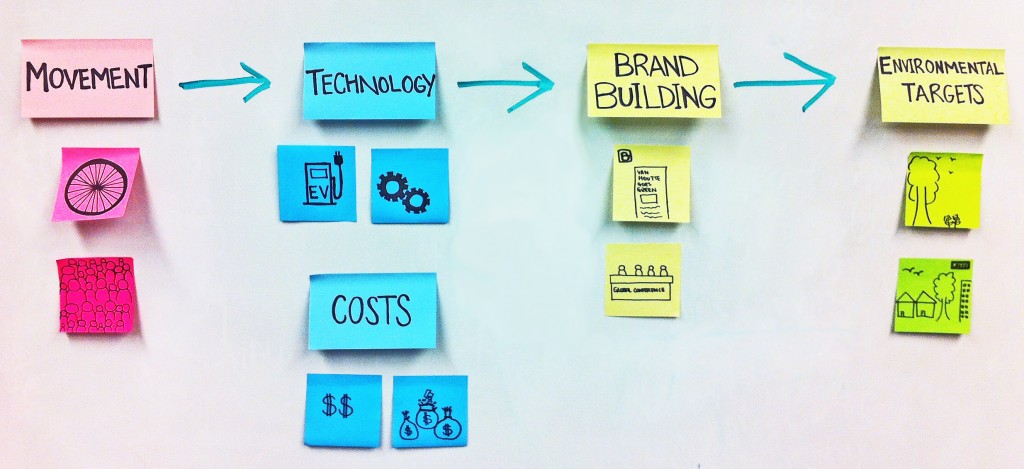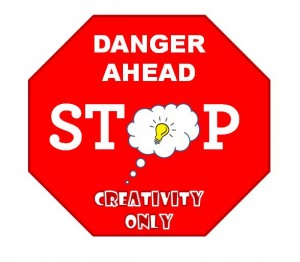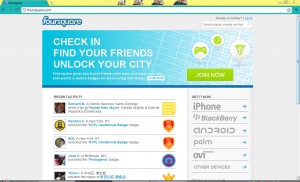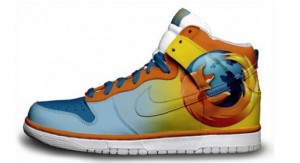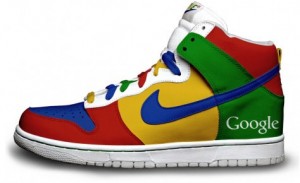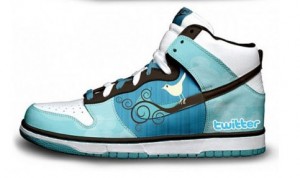Time sure flies by when you’re having fun. It’s already time to reflect on what I’ve learned over the last 3 months. Looking back on my last post, I definitely have to agree that keeping things simple (not to mention staying calm) has been a life saver.
First and foremost, I never realized how much of a visual thinker I was until being in the d.studio and having an almost endless supply of post-its, whiteboards, coloured paper & markers, etc. to work with. Like someone mentioned at the beginning of the term, it’s like a playground for “mature” university students. Visual Thinking allows for you to see ideas laid out in front of your eyes. It allows you to see the bigger picture. Most importantly, it allows for you to expand and refine your thoughts. Just yesterday as my group finalized our presentation plans – we filled a whiteboard with a web full of ideas branching out, then realized we needed to take a step back and look at the picture. Pulled out some post-its, wrote down our main headings, and posted them onto a fresh new whiteboard so we could see the root of our different ideas. Here’s a sneak peak of our fun:
I found that the ability to physically organize my ideas so I could see the different ways of piecing everything together allowed me to better establish connections between different concepts and strategies.
I’ve also found that learning the Assumption Dumption has allowed me to improve my analytical skills. Even just in life, it reminds you to look at things from a different point of view. This technique also motivates you to say whatever’s on your mind and not silence your inner creative voice as there’s not much risk to being wrong since technically, a “wrong” idea would be then reversed to the “right’ idea. Learning to do this has really allowed me to truly think out my ideas before rejecting them, and see a positive in all negative scenarios (and vice versa). Specifically with the Electric Vehicle Design Process we are delivering to Van Houtte, it has allowed us to think in the shoes of the different audience members – and to recognize the different tones and information needed to address and engage their interest to this project.
Going back to my first post, I made the goal of trying to land in the “Design Thinking” zone. During the first chunk of the term, I was constantly asking myself to figure out what the steps of design thinking were. After Violet Tam (you can find her eye-catching blog here) presented the Double-Diamond Design Process Model in her mini-lecture, I finally understood that it was not one set criteria. The beauty of creative design is that there is no set way. True, the Design Process has checkpoints/phases outlined – but different projects will require you to start at different phases and also require you to re-visit others in no particular order. I finally realized that this is what the d.studio pushes you to do – think on your own terms based on your project, not based on given steps. Creative design is not like accounting, there is no set formula or spreadsheet to audit, it is not like logistics where a chain of operations must flow a certain way. Creative design is really what it sounds like. Be creative in your thoughts and design, design them to be presented in a creative way; and repeat the cycle constantly until you are truly happy with all the parts.
To recap, here’s a fun animation to sum up some of the best moments of the term. Here goes (click the animation to view):
Thank you to the d.studio team of classmates, teachers, and mentors for pushing me to find my creative side! The interaction and the support that we have given each other was unlike any other class I’ve had in my undergraduate degree. Best of luck to you all in the future!

